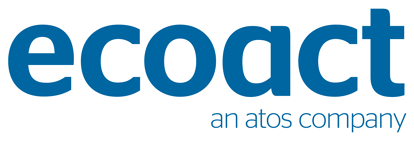What makes emissions targets "science-based"? How can businesses go beyond 2C alignment and strive for 1.5C? And what role do these targets play in the net-zero movement? This free edie explains guide answers all of these questions and more.

Since the IPCC released its landmark report on climate change in 2018, the business movement towards Paris Agreement alignment has grown rapidly. More than 1,000 organisations have either submitted improved climate targets to the Science-Based Targets initiative (SBTi), or pledged to do so in the coming months.
But developing science-based targets and gaining approval is a sizeable task. Businesses can face hurdles relating to data collection, policy support, infrastructure and technology, to name but a few.
This edie Explains guide, hosted in association with EcoAct, breaks down everything you need to know about developing science-based targets – and beginning your organisation’s journey to delivering against them.
Fill out the form on the left and click READ THE REPORT to view this guide.
N.B. The information contained in this entry is provided by the above supplier, and does not necessarily reflect the views and opinions of the publisher


